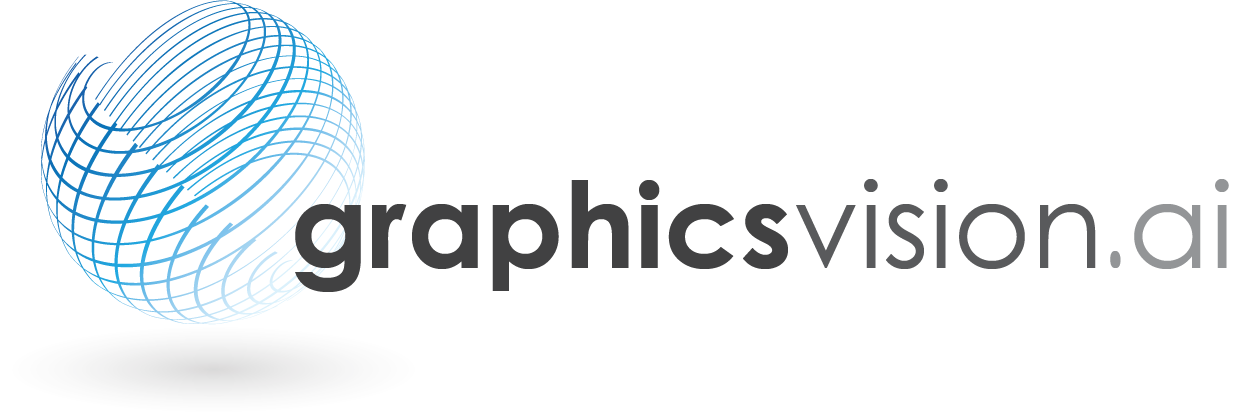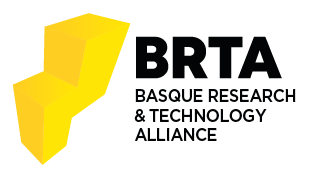A collaborative AR application for education: from architecture design to user evaluation
Autores: Stefano Masneri Guillermo Pacho Rodríguez Mikel Labayen Ana Arruarte
Fecha: 01.03.2024
Virtual Reality
Abstract
Augmented reality applications can be used in an educational context to facilitate learning. In particular, augmented reality has been successfully used as a tool to boost students’ engagement and to improve their understanding of complex topics. Despite this, augmented reality usage is still not common in schools and it still offers mostly individual experiences, lacking collaboration capabilities which are of paramount importance in a learning environment. This work presents an application called ARoundTheWorld, a multiplatform augmented reality application for education. It is based on a software architecture, designed with the help of secondary school teachers, that provides interoperability, multi-user support, integration with learning management systems and data analytics capabilities, thus simplifying the development of collaborative augmented reality learning experiences. The application has been tested by 44 students and 3 teachers from 3 different educational institutions to evaluate the usability as well as the impact of collaboration functionalities in the students’ engagement. Qualitative and quantitative results show that the application fulfils all the design objectives identified by teachers as key elements for augmented reality educational applications. Furthermore, the application was positively evaluated by the students and it succeeded in promoting collaborative behaviour. These results show that ARoundTheWorld, and other applications built using the same architecture, could be easily developed and successfully integrated into existing schools curricula.
BIB_text
title = {A collaborative AR application for education: from architecture design to user evaluation},
journal = {Virtual Reality},
pages = {42},
volume = {28},
keywds = {
Augmented reality; Collaborative learning; Data analysis; Multi-user interactions; User evaluation
}
abstract = {
Augmented reality applications can be used in an educational context to facilitate learning. In particular, augmented reality has been successfully used as a tool to boost students’ engagement and to improve their understanding of complex topics. Despite this, augmented reality usage is still not common in schools and it still offers mostly individual experiences, lacking collaboration capabilities which are of paramount importance in a learning environment. This work presents an application called ARoundTheWorld, a multiplatform augmented reality application for education. It is based on a software architecture, designed with the help of secondary school teachers, that provides interoperability, multi-user support, integration with learning management systems and data analytics capabilities, thus simplifying the development of collaborative augmented reality learning experiences. The application has been tested by 44 students and 3 teachers from 3 different educational institutions to evaluate the usability as well as the impact of collaboration functionalities in the students’ engagement. Qualitative and quantitative results show that the application fulfils all the design objectives identified by teachers as key elements for augmented reality educational applications. Furthermore, the application was positively evaluated by the students and it succeeded in promoting collaborative behaviour. These results show that ARoundTheWorld, and other applications built using the same architecture, could be easily developed and successfully integrated into existing schools curricula.
}
doi = {10.1007/s10055-024-00952-x},
date = {2024-03-01},
}







